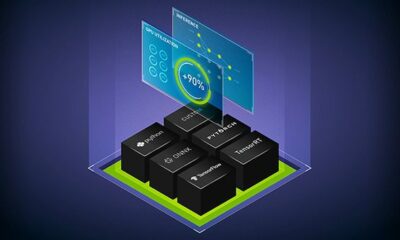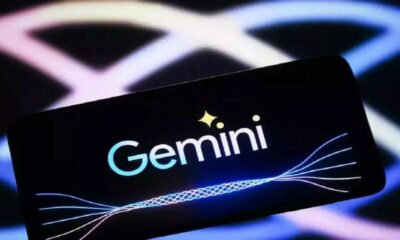The Gemini Ultra 1.0 Large Language Model (LLM) will be available on OnePlus and OPPO smartphones thanks to a ground-breaking partnership with Google. With the addition of cutting-edge AI capabilities from Google Cloud, this integration—which is scheduled for release later this year—will completely transform how consumers interact with their smartphones.
Google created the cutting-edge AI technology known as the Gemini Ultra 1.0. It powers the Gemini Advanced chatbot, which is renowned for its capacity to manage intricate tasks and comprehend context in order to offer users insightful and helpful recommendations.
The objective of OnePlus and OPPO devices is to improve smartphone technology and change user interactions through the incorporation of Google’s AI technology. Four key pillars for AI on phones are efficient resource utilization, self-learning capabilities, real-world perception, and enhancing user creativity. Nicole Zhang, General Manager of AI Product for OPPO and OnePlus, underlined the significance of AI in future smartphone use.
In addition, this partnership represents a larger trend in the tech sector toward on-device AI potential. With the addition of the Gemini Ultra 1.0 to its lineup of devices, OPPO, a company renowned for its cutting-edge AI features like the AI Eraser powered by AndesGPT, is making a major advancement. With their Magic Portal, Honor is one manufacturer that is anticipated to join the others in packing their smartphones with cutting-edge AI capabilities.
Not only does the incorporation of advanced artificial intelligence (AI) technologies improve user experiences, but it also signifies the ongoing development of smart devices. The tech community is excited about the partnership’s implementation and the new features it will bring to OnePlus and OPPO smartphones as the launch date draws near.
This partnership between Google, OnePlus, and OPPO marks a significant turning point in the development of AI technology. It creates the framework for increasingly intelligent smartphones that will be able to provide more natural interactions in the future. As provide you with the most recent information on the rollout and the particular devices that will be updated, stay tuned for more updates.
An important advancement in the tech sector is the incorporation of the Gemini Ultra 1.0 Large Language Model into OnePlus and OPPO devices. This collaboration with Google is indicative of the expanding trend of smartphone on-device AI capabilities.
Gemini Advanced is a chatbot powered by cutting-edge AI technology developed by Google, also referred to as Gemini Ultra 1.0. The objective of this chatbot is to assist users with intricate tasks and relevant suggestions and analysis.
Transforming user interactions and improving smartphone technology are the goals of OnePlus and OPPO devices incorporating this AI technology. The importance of artificial intelligence (AI) in the use of smartphones is emphasized by Nicole Zhang, General Manager of AI Product at OPPO and OnePlus. She identifies four key components of AI on phones: efficient use of resources, capacity for self-learning, perception of the real world, and enhancement of user creativity.
This partnership also paves the way for other manufacturers to take a cue from one another and incorporate cutting-edge AI capabilities into their smartphones. For instance, it’s anticipated that Honor will add comparable AI features to its devices with its Magic Portal.
The incorporation of advanced artificial intelligence technologies into consumer electronics not only improves user experiences but also signifies the ongoing development of smart devices. The tech world is excited to see how this collaboration is carried out and what additional features OPPO and OnePlus smartphones will get as a result.
It is important to note that this partnership is a significant turning point for AI technology development. It portends an even more intelligent future for smartphones, one where they can facilitate more natural interactions.


 Entertainment4 weeks ago
Entertainment4 weeks ago
 Entertainment4 weeks ago
Entertainment4 weeks ago
 Entertainment4 weeks ago
Entertainment4 weeks ago
 Entertainment4 weeks ago
Entertainment4 weeks ago
 Entertainment3 weeks ago
Entertainment3 weeks ago
 Entertainment4 weeks ago
Entertainment4 weeks ago
 Entertainment3 weeks ago
Entertainment3 weeks ago
 Entertainment4 weeks ago
Entertainment4 weeks ago














